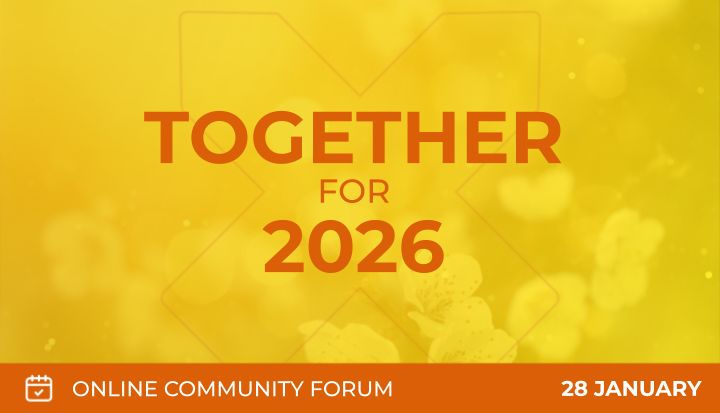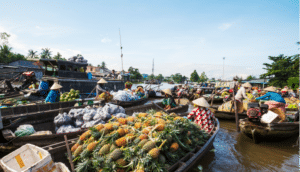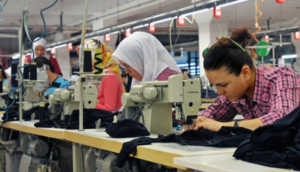Across Southeast Asia, millions of micro-retailers keep communities supplied with food, medicine and everyday essentials. They are the last link in value chains, the face of brands in low-income neighbourhoods, and a vital source of jobs particularly for women and young people. Yet many of these entrepreneurs run on razor-thin margins and face repeated disruption from climate change. Floods, heatwaves and typhoons can wipe out stock in a night, cut off power and payments, and push already vulnerable families into crisis.

Our new report, Climate Resilience for Micro-Retailers, produced with Mastercard Strive, argues that for financial institutions, fintechs and corporates, this is not only a social issue but a strategic one. The stability of micro-retailers underpins consumer demand, route-to-market strategies and portfolio health. Improving their climate resilience can reduce defaults, protect supply chains and open up significant new markets for digital financial services.
The report reframes digital financial inclusion. To date, most initiatives have focused on growth: bigger inventories, new sales channels, higher turnover. Micro-retailers tell a different story. Often, their first priority is stability: predictable income, manageable risk, and the confidence that one severe storm will not close their doors for good. By pairing growth with resilience, providers can align much more closely with what clients actually value.
What does this look like in practice? The report introduces a simple but powerful resilience cycle: Fortify, Navigate, Recover. Digital payments, savings, loans and insurance each play distinct roles at every stage. For example, digital wallets and savings accounts help retailers build day-to-day stability and ring-fence emergency funds. Data-driven B2B platforms can flag which products will spike in demand when a typhoon is forecast, helping shops stock up in time. Emergency cash transfers, flexible repayment schedules and parametric insurance can ease liquidity crunches and speed recovery when disaster hits.
The report goes further, offering a diagnostic framework that helps providers map how their current products already support resilience, and where there are gaps. It is brought to life through case studies, from pay-as-you-go solar that keeps businesses trading during blackouts, to recovery lending models that prove post-disaster loans can be both impactful and commercially sound.
For leaders in banks, MFIs, fintechs and corporate value chains, this is an invitation to act. The recommendations are practical: start with your core business and portfolio risk, deepen your understanding of micro-retailers as a segment, design products around their realities, and use partnerships to reach last-mile communities at scale. There is a strong focus on women, who make up a large share of micro-retailers yet are often excluded from formal finance and most exposed to climate and care burdens.
Business Fights Poverty exists to help companies tackle social and environmental challenges through collaboration. This report is a call to reimagine how digital finance can help build an equitable, resilient and sustainable future for the small shops that hold local economies together.
If micro-retailers matter to your business, their climate resilience should be on your board agenda. Read the full report to explore the framework, case studies and next steps in detail, and reach out to us if you’d like to be part of the conversation on how we can build stability and opportunity together.










